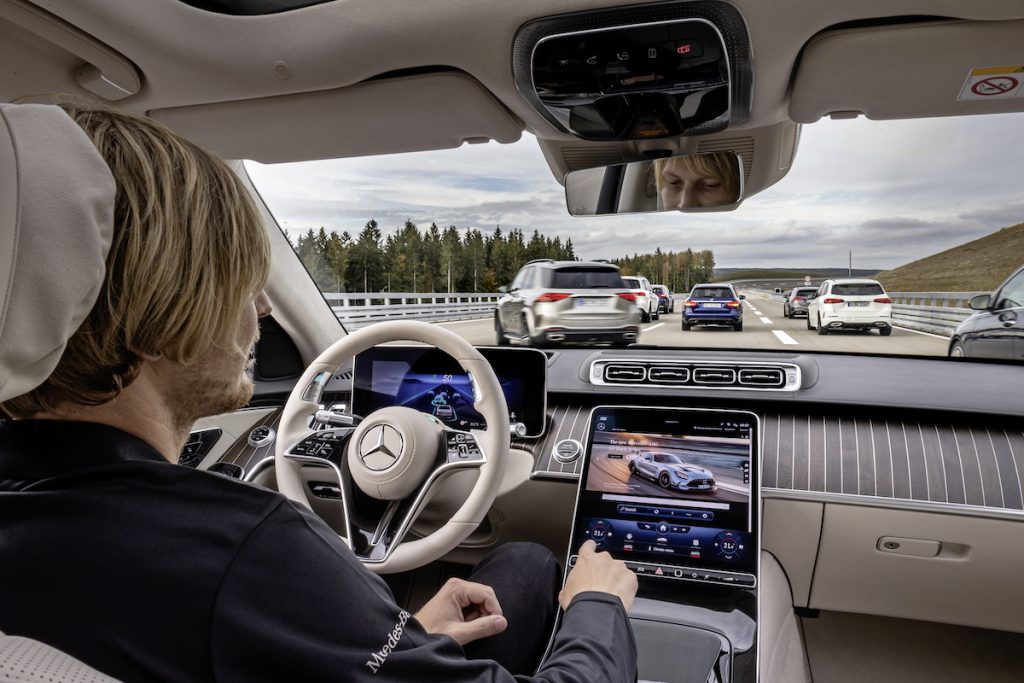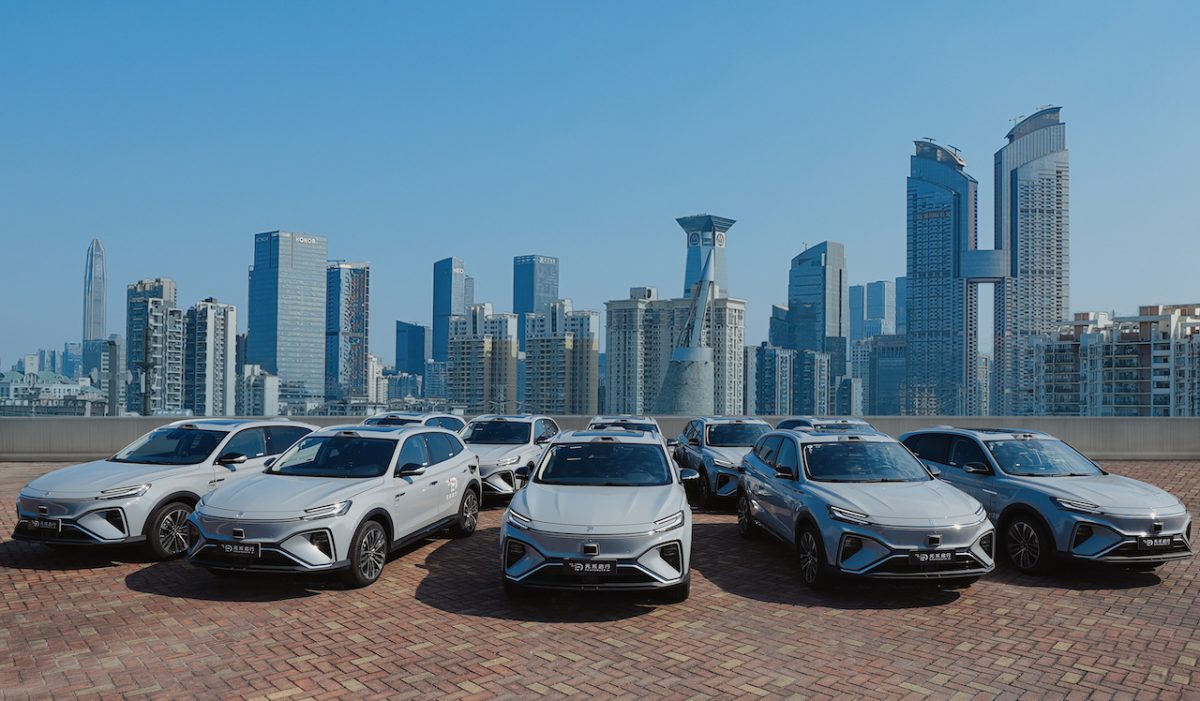As automated driving systems become increasingly standard across the automotive industry, they continue to grow in sophistication, expanding from the automation of discreet tasks in confined circumstances (self-parking, automatic braking systems) to more advanced, all-encompassing mechanisation of the driving experience. Indeed, these technologies are leading a monumental shift from human-controlled to vehicle-controlled driving experience.
But with this shift comes important questions of liability: what happens when the driving experience becomes automated such that the action or inaction of the vehicle itself leads to an accident? Traditional vehicle collision coverage is premised on the supposition that an accident is a result of the driver’s action or inaction. Unless there are circumstances that suggest the vehicle or its component parts were designed, manufactured, or assembled in such a way that caused the accident, or at a minimum, in such a way that increased the scope of injuries, vehicle manufacturers and developers are omitted from questions of liability.
Although it is possible that such insurance continues to respond to incidents involving autonomous vehicles, victims are also likely to point a finger in a different direction: towards the companies whose automated processes failed to prevent—or as some may argue, directly caused— the accident.

A changing legal landscape
As autonomous technologies advance and begin to supplant driver decision making processes, courts are increasingly tasked with assessing the scope of manufacturer and developer liability when accidents occur. In late 2020, the family of a man who was struck and killed by a vehicle filed a lawsuit in California which sought to hold the manufacturer liable for defective design and failure to warn of alleged defects of its self-driving technology and driver assistance features. This case came on the heels of a similar suit which had been filed earlier that year in Florida. There, the plaintiffs sought to hold the vehicle manufacturer liable for damages related to a collision that the plaintiffs alleged was the result of the failure of the vehicle’s driving assistance technologies. These cases, and others like it, underscore the risk that victims are likely to pursue claims against vehicle manufacturers and developers for such incidents.
Such liability exposure is compounded by a recent shift in judicial thinking regarding software as a “product” for purposes of product liability litigation. The court in Holbrook v. Prodomax Automation recently addressed this previously-untested theory when it held that the software at issue was subject to principles of product liability because it was an “integral” and “essential” component of the injury-causing machinery.
The added risk of cyber attacks
Companies of all sizes are undoubtedly familiar with the ever-growing risk of cyber-attacks that can compromise the integrity of operational systems. Unfortunately, this risk can also extend to vehicles themselves, creating yet another layer of potential liability for autonomous vehicle manufacturers and developers. Such risks were illustrated as far back as 2015 when security researchers were able to hack into a vehicle as it was driving, manipulating its systems and ultimately sending it into a ditch. Accordingly, industry experts have expressed ongoing concerns surrounding the infiltration of autonomous technology to cause an accident, creating liability risk even where technology is otherwise operating as expected.
Insurance implications
In the wake of a potentially major shift in liabilities, businesses involved in all stages of production of autonomous vehicles must take a careful look at their respective insurance programmes to assure they adequately reflect this growing and changing risk landscape. Although there are multiple insurance products that may cover costs and liabilities arising out of such lawsuits, this article focuses on three of the most common types of coverage: general liability, product liability, and cyber liability insurance.
General liability insurance
Most companies purchase general liability insurance as a part of their broader insurance programme. General liability policies provide broad coverage for “property damage” or “bodily injury” to third parties caused by an “occurrence,” often defined as “an accident.” This type of coverage usually requires the insurer to retain counsel and defend the insured in an underlying lawsuit (the “duty to defend”), and pay for any judgments, settlements, or other liabilities (the “duty to indemnify”).
General liability policies may indeed provide coverage for costs and liabilities associated with a product liability lawsuit where accidental bodily injury or property damage occurs. That said, these policies respond to all types of third-party suits, so it is important to consider your company’s risk profile inclusive of product liability considerations and determine whether or not you are adequately insured.
Further, general liability policies might contain coverage exclusions that insurers will point to as grounds for denying, or limiting, coverage for product liability-related costs and liabilities, particularly if product liability issues were not anticipated when negotiating coverage. For example, to the extent product liability damages involve damage to a business’s own product or operations, the insurers may point to the oft-included “your work” and “your product” exclusions, designed to ensure coverage is limited to third-party damages only. In addition, many general liability policies contain “sistership” exclusions, intended to preclude coverage for damages related to product recalls, a common—and often costly— component of product liability incidents.
As automated technologies become increasingly responsible for the operation of vehicles on the roads, companies operating in this space must be adequately prepared for increased liabilities
Product liability insurance
Although general liability policies may provide a safety net for a product liability lawsuit, depending on a business’s exposure—particularly in light of increased liabilities for software developers in the wake of Holbrook —it is worth considering insurance that is specifically tailored to product liabilities.
Product liability insurance is often purchased as a part of a broader general liability policy, but can also be purchased as a separate insurance product. This type of coverage is often referred to as “products completed operations” or “completed operations hazard” coverage. Although this coverage may overlap with general liability coverage, it is also designed to explicitly encompass product liability-specific risks. Importantly, those exclusions discussed above may be omitted when specifically placing product liability coverage, effectively providing increased coverage for other categories of damages, such as product recall.
Of course, because this type of insurance is more narrowly tailored, it is important to confirm that your product liability insurance does not exclude coverage for software-related events; i.e., that it explicitly limits covered “products” to the hardware itself.
Cyber insurance
Generally speaking, cyber insurance policies include coverage for losses arising from data destruction, hacking, and extortion, which may include increased risks associated with attacks on vehicles. That said, it is important to underscore that cyber insurance is a heavily-tailored product, and offerings are becoming more and more limited as insurers pay a growing number of claims. Although some cyber policies include third-party coverages, many are limited to first-party losses, which would mean that it does not respond to product liability lawsuits. Businesses in the automated vehicle space should have explicit conversations with brokers and risk management professionals to assure policies adequately cover anticipated and expected risks.
As automated technologies become increasingly responsible for the operation of vehicles on the roads, companies operating in this space must be adequately prepared for increased liabilities. Accordingly, it is more important than ever to lean on risk management professionals, trusted brokers, and coverage counsel to evaluate product liability risks, review your business’s existing insurance programme, and negotiate coverages to ensure these developing risks are adequately insured.
About the authors: David M Cummings serves as Counsel at Reed Smith LLP. Lauren S Gubricky is an Associate at Reed Smith LLP




